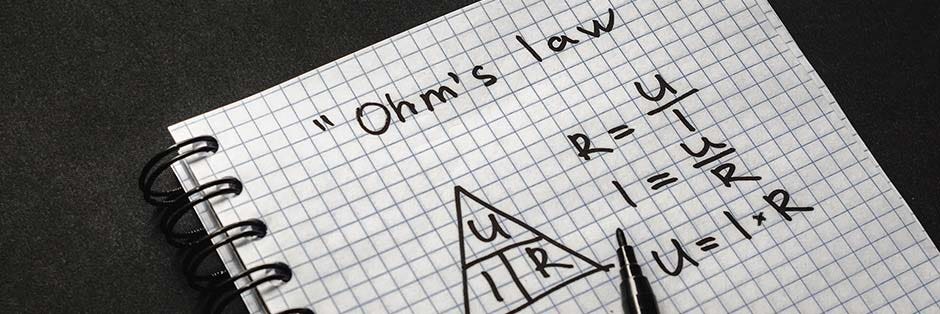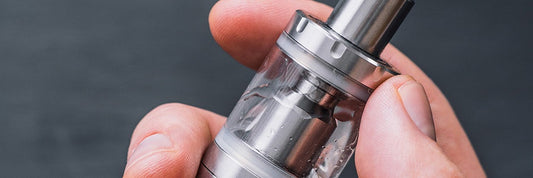
Understanding Ohm's Law is crucial for vapers who are interested in building their own coils or sub-ohm vaping. This style of vaping utilizes low-resistance coils in the atomizer to generate significant amounts of vapour. It necessitates higher wattage than standard vaping and can be done using specialized devices or regular vape pens with sub-ohm compatible attachments.
This article will explain the connection between the resistance of a coil, power output, and vapour production regarding Ohm's law. We'll cover the fundamentals of Ohm's law and how to calculate your current. Whether you're looking to make your first rebuildable or take up sub-ohm vaping, we hope to give you the answers you need!
An explanation of Ohms laws
Ohm's Law is a fundamental law of electrical engineering that states the relationship between voltage, current and resistance. It states that the current, known as Amps, (I) in a circuit is equal to the voltage (V) divided by the resistance (R). These are often shown in a triangle with V at the top, A in the bottom left and R in the bottom right which represent the equations used to work out each element.
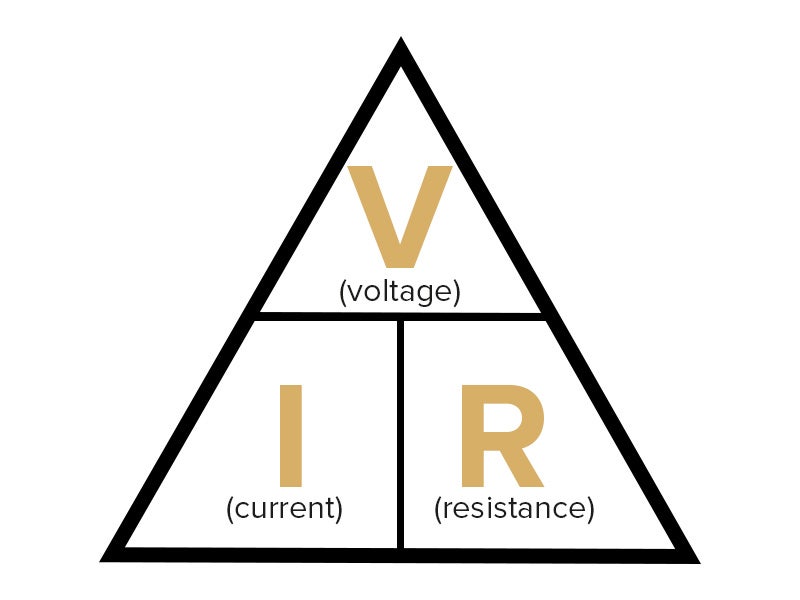
This law can be used to calculate the current (essentially the speed of your electricity), voltage or resistance of an electrical circuit based on the other two variables. Knowing the current that you will be producing is key for ensuring your setup safely runs, so this would mean the calculation would be V divided by R (because V is above the R in the triangle).
When it comes to vaping, understanding Ohm's law is useful. A typical coil set-up consists of a battery providing the power and an atomizer, which contains the coil and wick. The resistance of the atomizer's coil controls how much power is supplied from the battery, meaning a higher-resistance coil requires less wattage than a lower-resistance coil.
Vapers need to understand Ohm's law in order to determine the wattage setting they should use for their particular atomizer. Understanding how the resistance of a coil affects the power output and vapour production is important. Not only is it vital for creating your own kits but to ensure the safety of your device. Basically, if your resistance is too low, the increase in power could potentially create an unsafe battery.
Working out the wattage, resistance and current needed for your device
When it comes to vaping, understanding Ohm's Law can help you calculate the wattage and resistance needed for your device, or the current your chosen coil and battery will create.
Calculating current & wattage
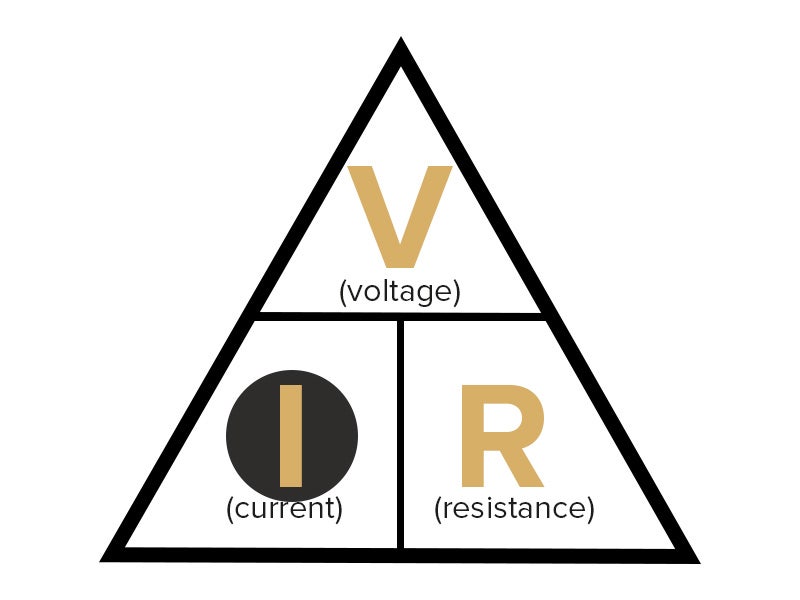
For example, if you have a battery that outputs 3 volts and a coil with a resistance of 0.5 Ohms, the Amps (current) you will be producing is 6 Amps (3 V / 0.5 ohm = 6 A).
From this, you can then calculate the wattage you are generating. To do this, simply multiply the voltage by the Amps. So, from the above example, this would equate to 18 Watts (3V x 6 A).
It's important to note that the voltage output of your battery will change over time as you deplete the battery, so you should periodically check and adjust your wattage settings accordingly.
Calculating resistance
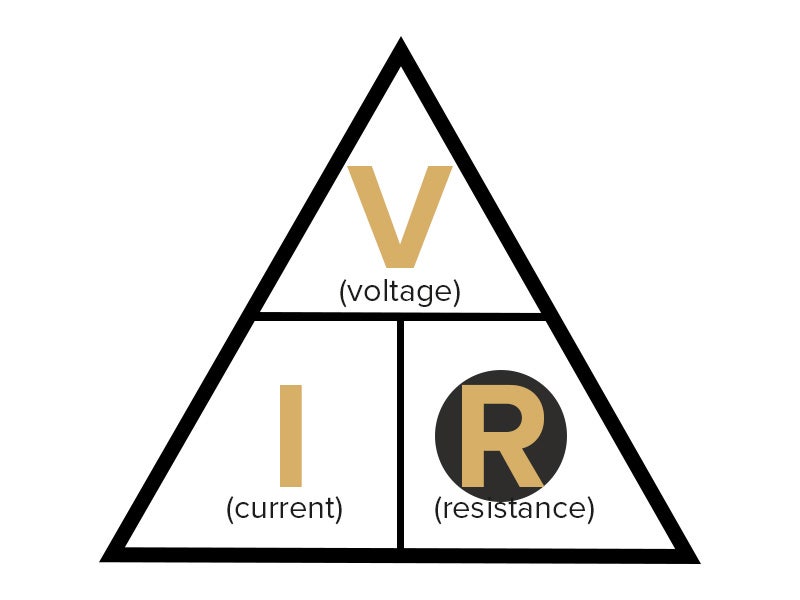
So, you just got yourself a new battery and want to determine the lowest coil resistance you can safely run with it. The calculation is simple; voltage divided by current (R = V/I).
With the above example, our battery has a max voltage of 3 volts and 6 amps which means your safe lower limit of resistance is 0.5 ohms. You can be extra safe by lowering your amps by 1 to allow for any variation in your battery.
You can also calculate the voltage by simply multiplying the current against the resistance, but it's a less useful calculation for vapers.
But what does it all mean?
Generally, the most useful formulas for vapers are the ones to calculate current, wattage and resistance. Learning to configure your coil and the wattage that you can safely use, is critical for vapers looking to tweak their setups.
Make sure that your device can handle the wattage and coil resistance you are using. Most devices will have a wattage range they can handle so you should always check the manufacturer's guidelines before attempting to make changes. If the outputted wattage exceeds your battery's capabilities, you could potentially create a hazard as this is unsafe.
Just to wrap things up
In conclusion, understanding Ohm's Law is a must for anyone looking to mix up their vaping experience. Not only will it help you calculate the wattage and resistance needed for your device, but it can also help you get the best performance out of your device. Once you understand the basics of ohms law, you can then experiment with your builds and tailor them to suit your needs.
Just make sure that if you're not confident with adjusting your device and coils, to seek professional help. It's important to remember that vape devices are electronic devices and should be treated with care!

